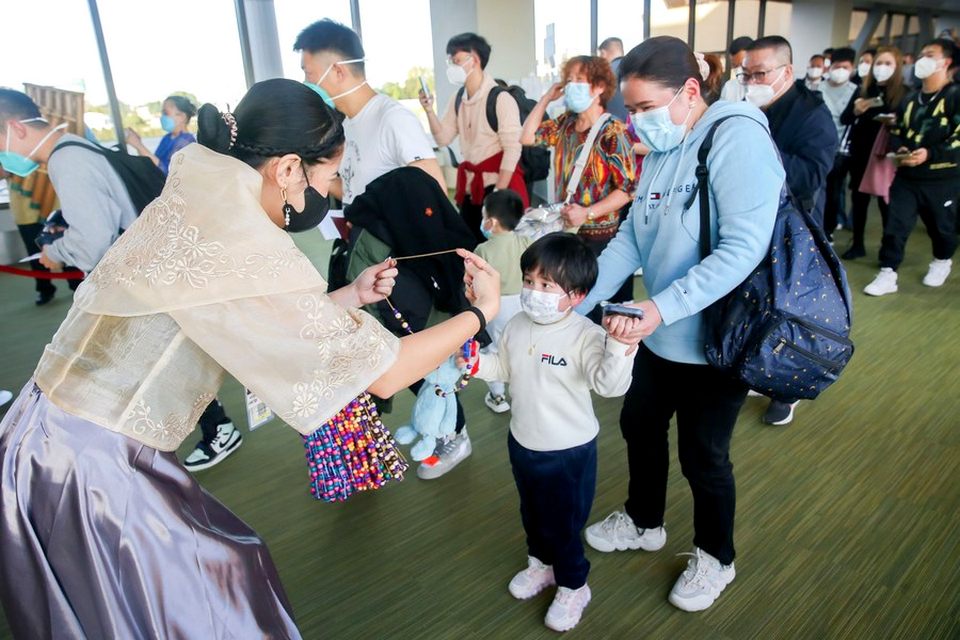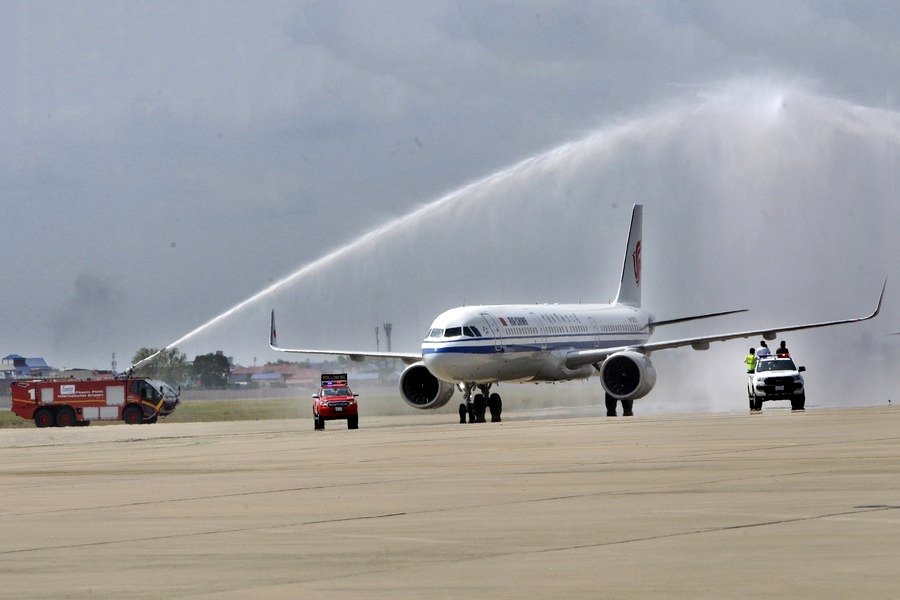
Warnings from the World Health Organization and others about the upsurge of covid cases in China abound. But they have done little to curb the enthusiasm in Thailand and most regional countries to put out the welcome mat whilst the boom opportunity exists. In 2019, Chinese package tourists abroad spent US$254 billion, according to Statista, and tourism-focused businesses are gasping for revival. The average spending per individual was US$1,470, or 47,000 baht, though it is unclear how that relates to zero-sum tourists who pay in advance in China for tickets, hotels and entertainment.
Whilst countries such as US, Japan and Australia have put in place vaccination requirements and/or comprehensive travel insurance for Chinese arrivals, southeast Asian governments are imposing few or no restrictions. Thailand has theoretical health checks but there are only “sporadic” inquiries by Bangkok immigration officials. So far, no Chinese tourists are known to have been turned back from Bangkok airports. Cambodian premier Hun Sen said this week there would be no health screening for Chinese visitors. In Manila, tourist officials proclaim that the projected Chinese boom is finally rescuing the economy of the Philippines.

The upturn in Chinese arrivals is also assisted by the China-Laos popular hi-speed railway from Kunming, capital of China’s Yunnan province, to Vientiane the capital of Laos. From there, it is straightforward to cross into Thailand and other neighboring countries by land. Meanwhile, China loses no opportunity to expand its diplomatic presence in the region to encourage its enterprises such as the Belt and Road trade initiative. Wherever Chinese officials do find rare examples of their nationals being subject to health checks, they denounce them as unfounded and discriminatory.
The biggest problems in the host nations are labour-related. The fall in the birthrate in many regional countries is already contributing to shortage of workers in tourist industries. Thailand, South Korea and Japan are actively competing for guest workers from Myanmar and Cambodia to fill the gap. Shop and factory owners, condominium builders and hotels all over the region are complaining about too many vacancies. The issue is likely to raise basic salaries for economic migrants which, in turn, will increase inflationary pressures in Thailand and elsewhere.
There are also concerns in Thailand and some other countries about police corruption which has encouraged the granting of longstay business or student visas to Chinese citizens not actually qualified to receive them. Thai authorities have responded by transferring immigration officials, clamping down on the granting of bank accounts to Chinese nationals and denying visa extensions beyond the 30 days visa-on-arrival for Chinese passport holders. But for the moment, the sky’s the limit as far as outward-bound Chinese tourism is concerned. As the Chinese Xinhua news agency delicately puts it, “We are teaching friendly neighbors how to smile again.”





